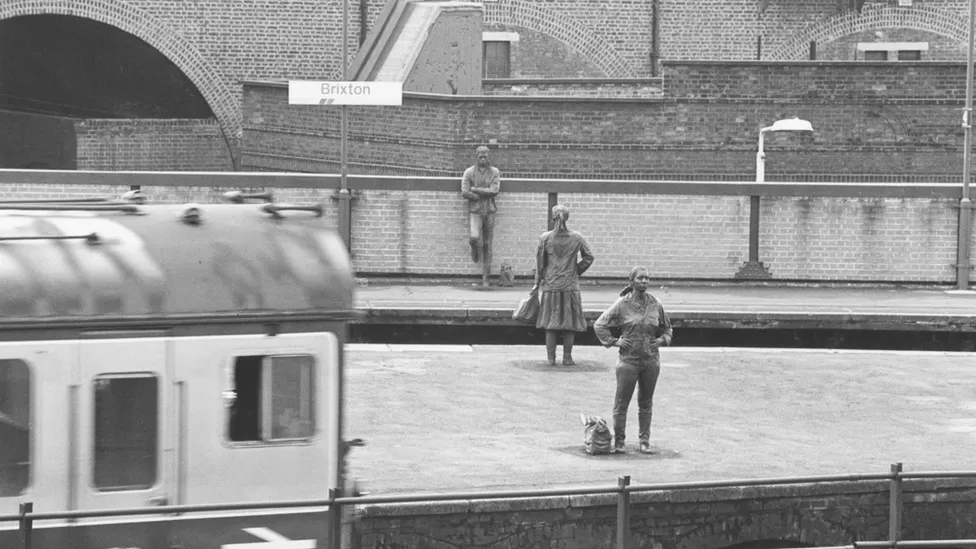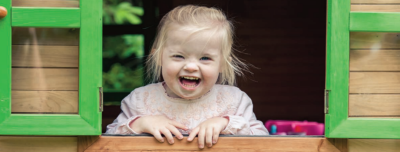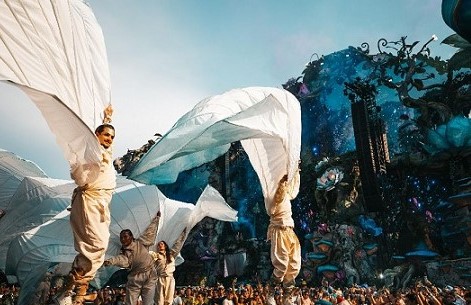Three statues thought to be the first sculptures depicting Black British people on display in England are set to return to Brixton station later. The life-size bronze figures, called Platforms Piece, were first installed on the platform in 1986 before being removed in 2016 for refurbishment.
Created by Kevin Atherton, it depicts three Brixton residents of the time and is Grade II listed. The original statues will be joined by a new one named Joy II.
Joy II depicts Joy Battick, one of the south Londoners featured in the original artwork. Platforms Piece, which was commissioned by the Public Art Development Trust on behalf of British Rail, also shows two other Brixton residents, Karin Heistermann and Peter Lloyd.
Historic England said the artwork was believed to be the first sculptural representation of British Black people in England in a public art context.
Joy Battick was 26-years-old when the first statues were cast. She was working at the Brixton Recreation Centre at the time and initially declined the offer of being a model, but changed her mind to get away from the poolside.
Ms Battick said the process of creating the statue was more meaningful the second time round. "There was more interaction," she said, adding that she felt "more like I've achieved something".
Ms Battick was recovering from cancer at the time, which she said made the process "more poignant. Although she no longer lives in Brixton, she still goes there frequently and said she felt the statue "fits in the culture more now".
"It's crazy - when I first said yes, I didn't expect anything important, but now I'm part of something historical, especially as a woman of colour." Mr Atherton said that it was heartening being reunited with Joy.
When he created the first sculpture of her in 1986, the artist made the first body cast by hand, but for Joy II he incorporated 3D scanning and printing into the process. He reflected that, much like the technology, the meaning of the sculptures had also changed.
"It has always been about time and travelling, but now it's about time travel," Mr Atherton said. "Joy is looking at her younger self, but she's also looking at herself that's yet to be."
Mr Atherton described the statues the best-kept secret of the area and said that commuters had told him they loved seeing the figures, even if they never got out at Brixton station. He also reflected on the significance of the statues, saying that when he was first choosing models it was a "no-brainer" that the artwork had to represent the demographic of Brixton.
He said: “I was delighted that the sculptures were returning and I hoped for another 35 years of the two Joys looking at each other".











